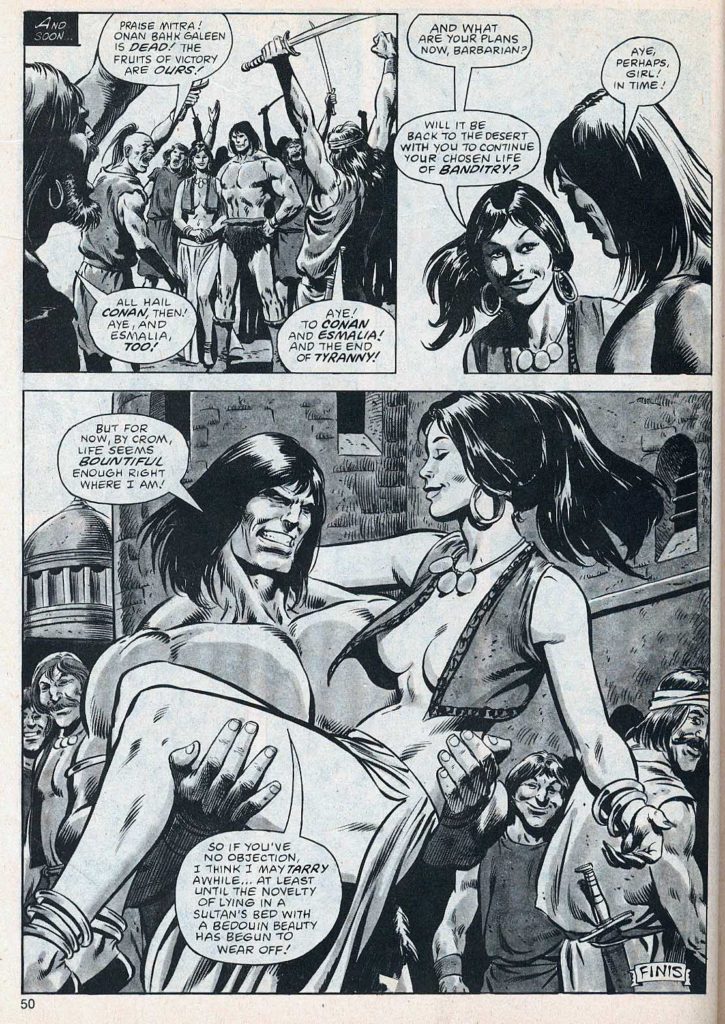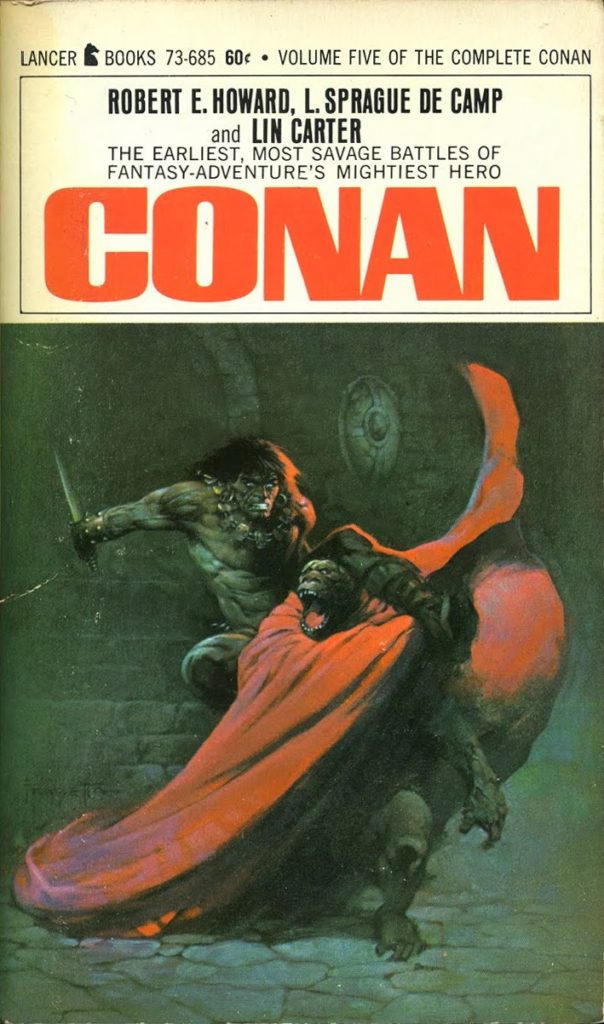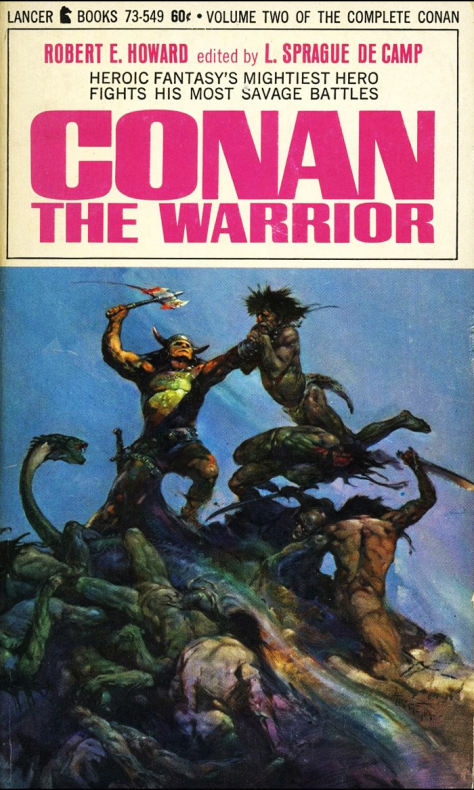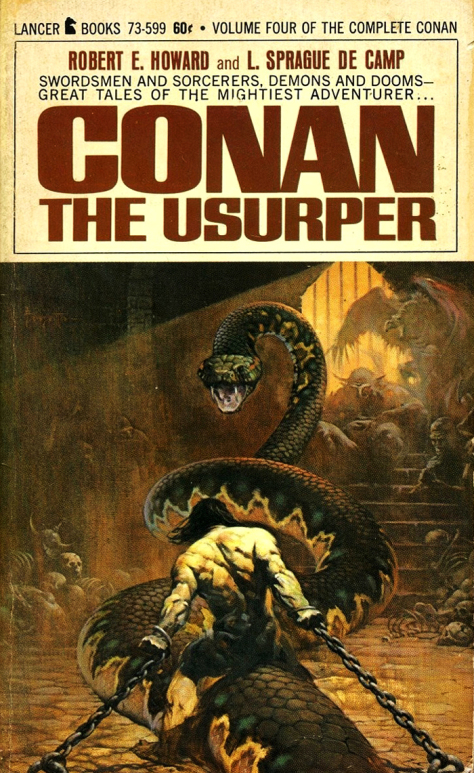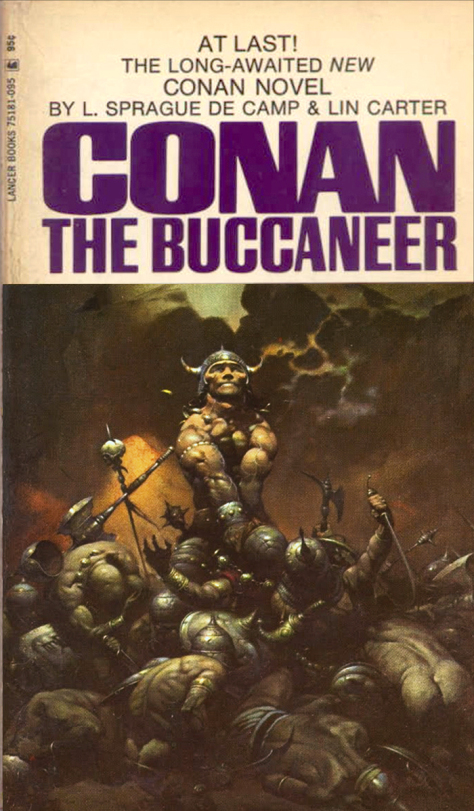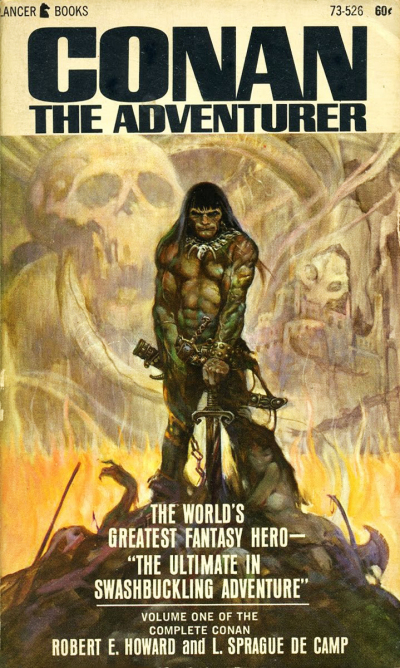Savage Sword Of Conan #63, April 1981

Conan celebrates its 50th anniversary in comics this year, and we continue to celebrate the anniversary with our second of three Conan-themed posts this week.
“This guy used to eat, sleep and breathe drawing. It didn’t matter what was going on around him. He would get bored with it and start sketching. … He just couldn’t stop drawing. [His back-of-board sketches were] better than some of the stuff that he did on the front. … He’d get a spark of inspiration and turn the page over and draw whatever was in his skull.” — Sal Buscema, speaking about his late brother John.
Roy Thomas had wanted John Buscema to draw Conan.
Roy knew that John’s artistic style and storytelling skills (and interests) could perhaps best capture the Conan character —- and most remind readers of the amazing eight Frank Frazetta covers that graced the Lancer paperbacks of the last few years. Those images had helped Conan rapidly turn into a phenomenon among fantasy readers.
But budgetary concerns forced Thomas to work with the mostly unknown Barry Windsor Smith, and a different kind of Conan developed. Younger, sleeker, a bit more handsome. And after a slow start, (it was nearly cancelled after issue #7) the book caught fire, and inspired a sword and sorcery age in comic books.
But Smith, frustrated by the deadlines of the comics periodical business, ultimately left Conan.
And so fate called again, and Roy got what he wanted the second time around.
Under Buscema’s pencils, the burly, muscular, often-raging Conan ultimately epitomized by Arnold Schwarzenegger, emerged. This was an older Conan with more experience (and world weariness) under his belt.
Buscema has rightfully become identified with the character, rendering more than 100 stories each for both the Conan comic book and the more “mature” Savage Sword of Conan magazine.
I’ve owned and traded many Buscema Conan pages over the years, and this splash remains one of my favorites. After a long fought series of adventures and battles, Conan is taking a break, and celebrating his victory.
Nothing wrong with that.
The story itself is an odd one. Michael Fleisher is the scribe, having come on board a just a few months earlier after Roy Thomas bolted for DC. Given the varying art styles of the story, the story length (46 pages) and the multiple inkers (Ernie Chan, Tom Palmer and Bob McLeod are all credited) it’s entirely possible it was originally destined to be a shorter story, and fleshed out when something else fell through.
If so, it’s a feat that John Buscema could pull off — while most others couldn’t even attempt it.

